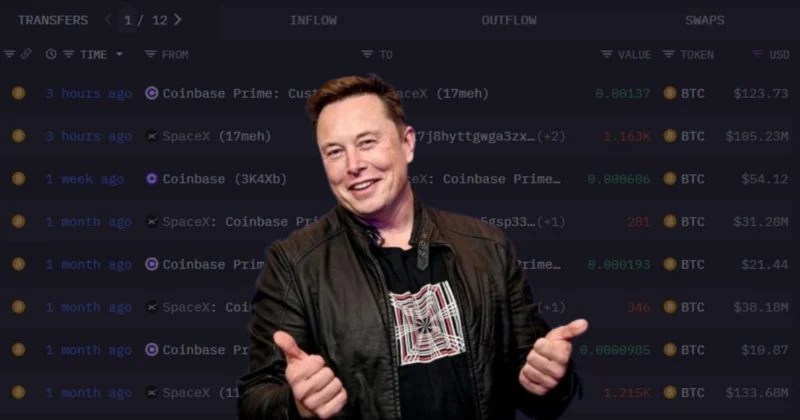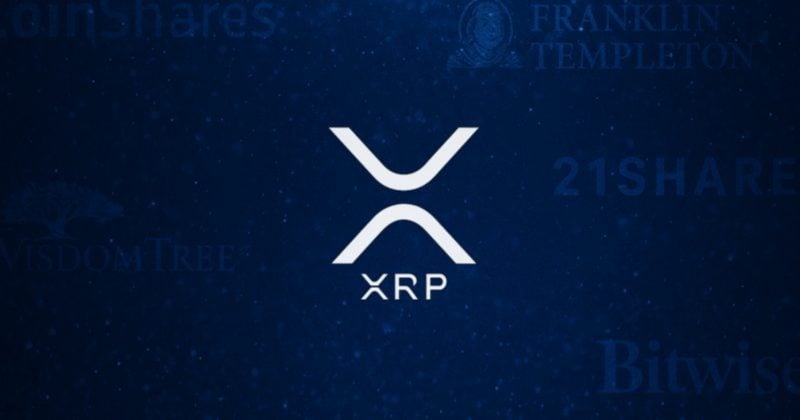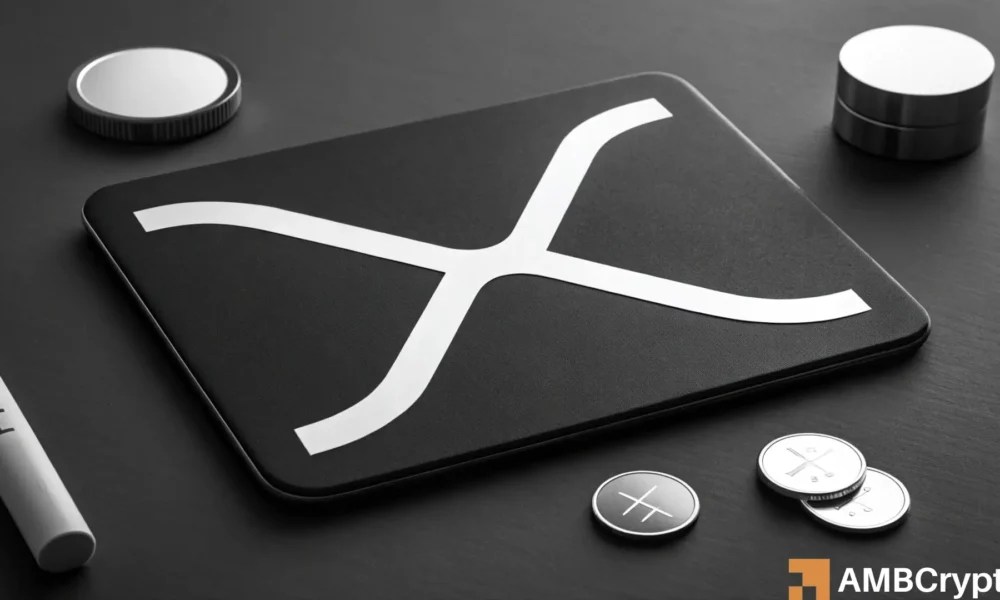Elon Musk’s SpaceX moves 1,163 Bitcoin worth $105M
The post Elon Musk’s SpaceX moves 1, 163 Bitcoin worth $105M appeared com. Key Takeaways SpaceX moved 1, 163 Bitcoin worth $105M to a new wallet, following a larger transfer last month. The moved funds are believed to be for custody reasons, with SpaceX’s wallet now holding 6, 095 BTC. A crypto wallet associated with SpaceX moved 1, 163 Bitcoin valued at around $105 million to a new wallet today, according to Arkham Intelligence data. The transfer comes after the Elon Musk-owned space exploration company sent $268 million in Bitcoin to a new address last month. Analysts suggest SpaceX may have moved the funds for custody purposes rather than selling them. The labeled wallet currently holds 6, 095 Bitcoin worth almost $553 million. Following a three-year dormancy period, the wallet resumed activity in late July, sending out $153 million worth of Bitcoin. Bitcoin is currently trading near $91,000, up 3. 5% over the past 24 hours, according to CoinGecko. Source:.







